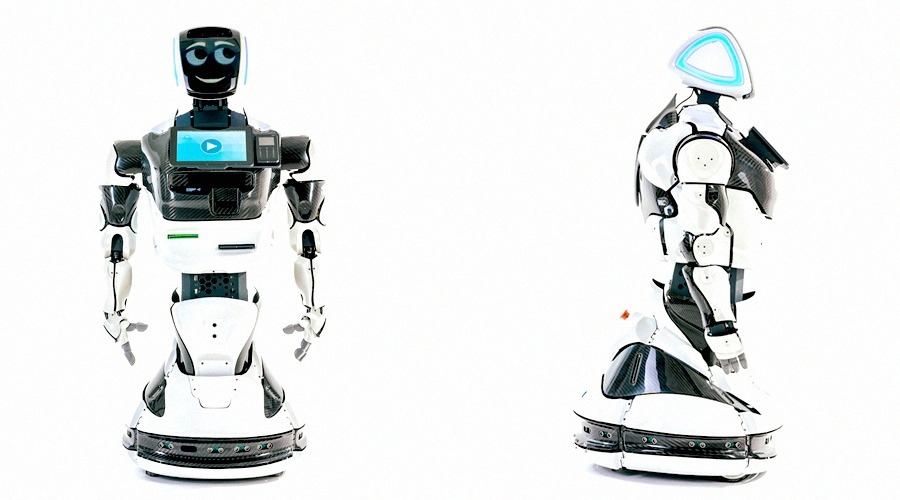In a groundbreaking move, Neuralink has pulled back the veil of secrecy around its brain-computer interface trials by revealing details about the first paralysis patient testing its revolutionary "telepathy" device.
The patient, identified as 29-year-old Nolan Arbo, is a quadriplegic who suffered a spinal cord injury eight years ago in a diving accident. He is now able to control computer tasks like playing video games, browsing the web, and even learning new languages - all using just his thoughts and Neuralink's implanted brain-computer interface (BCI).
"I'm so lucky to be involved in this," Arbo said in a video shared by Neuralink this week, the first public glimpse of a trial participant. "I could make it [the cursor] move where I wanted. It's all about mental ability."
The revealing video marks a stark departure from Neuralink's previous tight-lipped approach to its human trials, which began in January 2024 but had only been addressed through vague updates from CEO Elon Musk. The lack of transparency had drawn criticism from scientists and the public alike.
Neuralink's newly uploaded footage shows Arbo using the implanted BCI to play chess and the strategy game Civilization VI for hours at a time by imagining cursor movements. He can even pause music playing, demonstrating fast mental control. For Arbo, an avid chess fan who previously had to use a mouth stick to operate a computer, the implant has been a game-changer.
"After the accident, I continued playing [chess], but it was more tedious than exciting using the mouth control," Arbo explained. "With the Neuralink, I can now play more easily by moving the cursor directly with my mind."
The video offers a rare inside look at the learning process for BCI control. Arbo had to distinguish between simply imagining movements and attempting to physically execute them - a key part of training his brain to send the right signals. Neuralink's team experimented with various techniques to find the optimal way to map his intentions to cursor actions.
While life-changing, Arbo admitted the system isn't yet perfect, having encountered "difficulties" that went unspecified. But he praised the implant procedure as relatively simple and safe, requiring just one day of hospitalization with no apparent cognitive side effects.
The public unveiling of Arbo's experience is a tantalizing first look at the potential of BCI technology to restore independence for people living with paralysis and other disabilities. It also suggests Neuralink is making steady progress toward its goal of human-computer symbiosis, even if many key details remain closely guarded.
As Neuralink's trials ramp up, all eyes will be on any future updates or trial participants put in the spotlight. The company has taken an initial step toward greater transparency - will more be revealed about this incredible brain-hacking technology soon?


















